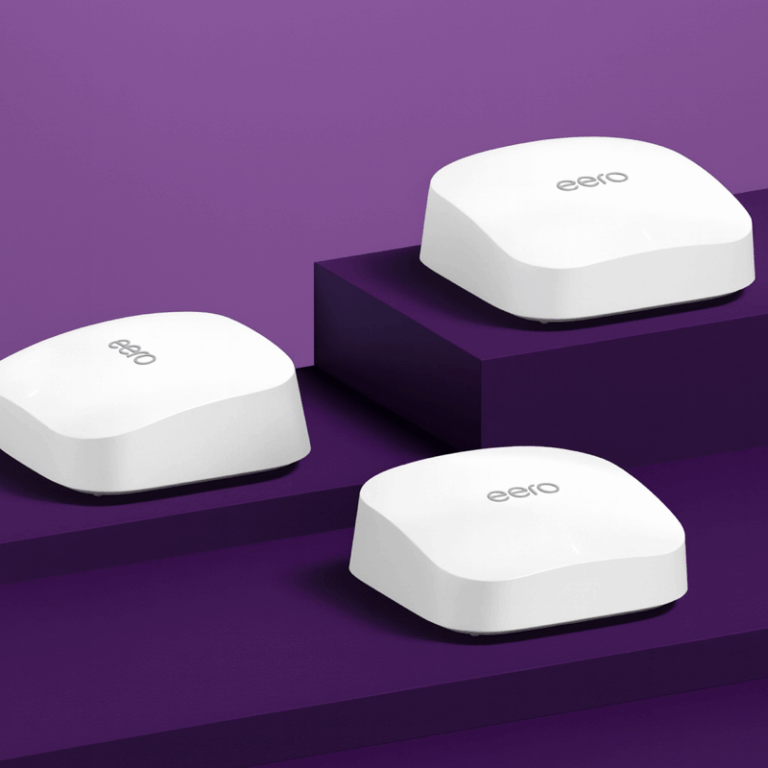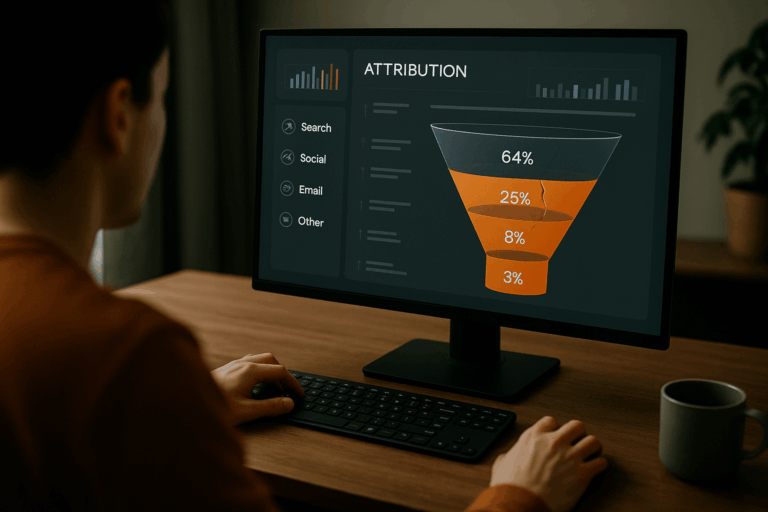The Hidden Costs of DIY Marketing Measurement

- 1. The Iceberg Effect: What You Don't See Coming
- 2. The Talent Acquisition Challenge
- 3. The Infrastructure Investment
- 4. Time: The Most Expensive Resource
- 5. The Learning Curve Penalty
- 6. The Maintenance Trap
- 7. The Expertise Gap: Insights Without Action
- 8. The Risk of Inaccurate Insights
- 9. Scale and Flexibility Challenges
- 10. The Alternative Path: Strategic Outsourcing
- 11. Making the Right Choice for Your Brand
Building your own marketing measurement system can sound like an ideal solution. You know your business better than anyone else. You get full control, customization, and the chance to integrate with your existing tools.
But behind the surface-level benefits of control and lower upfront costs lies a reality many teams underestimate: DIY measurement can quickly become more expensive, time-consuming, and risky than you planned.
The Iceberg Effect: What You Don't See Coming
When companies plan to build their own solution, they tend to focus on obvious expenses like hiring developers, buying software, and setting up infrastructure.
Those are just the tip of the iceberg. Beneath the surface are costs that grow over time, from talent and infrastructure to maintenance and missed opportunities.
Let’s dive into the hidden costs of DIY marketing measurement so you can make an informed decision for your business.
The Talent Acquisition Challenge
Even with a strong marketing team, building sophisticated marketing measurement solutions requires more than just marketing expertise. Most teams can either interpret great insights or build great solutions, but rarely both. To do both, you’d also need:
-
Data scientists for modeling and analytics
-
Developers for building and maintaining the tools
-
Marketers to translate business goals into technical requirements
Finding people with this blend of expertise is hard and expensive. Competitive salaries, benefits, and recruiting costs add up fast, not to mention the time your team spends hiring and onboarding.
The Infrastructure Investment
DIY solutions require cloud storage, security, and data-processing tools. While these start small, costs rise quickly as data volume increases. Monthly server fees, software updates, and backups can become a large part of your tech budget.
Data privacy is also a growing concern for every brand. Keeping sensitive data in-house may seem like the safest route to protect customer information, but it comes with significant costs and responsibility.
The good news? A trusted partner with strict security and confidentiality standards—like Power Digital’s (fusepoint’s parent company) Trust Center—can maintain those same protections while saving your team time, money, and headaches.
Time: The Most Expensive Resource
Building a measurement system can take 12–18 months, often longer if delays happen. During that time, your marketing team is making decisions without the advanced insights they need.
The result? Missed opportunities for better performance and higher ROI. Even after launch, your team still faces a learning curve before the system becomes fully useful.
How much additional revenue could your marketing campaigns generate with better measurement and optimization during that 18-month development window? For most organizations, this missed opportunity far exceeds the cost of implementing a ready-made solution.
The Learning Curve Penalty
Even after your system is built, your team needs time to master its intricacies. Unlike established platforms with extensive documentation and user communities, your custom solution requires internal knowledge transfer and training. This learning curve can extend for months, further delaying the realization of benefits.
The Maintenance Trap
Once your system is live, you’re responsible for:
-
Keeping up with changes in marketing platforms and privacy rules
-
Fixing bugs and updating code
-
Training new team members
Over time, “quick fixes” create technical debt, making your system harder and more expensive to maintain.
The Expertise Gap: Insights Without Action
Even if you successfully build a measurement system, there’s another major hurdle: turning insights into action.
Collecting data is only the first step. The real value comes from knowing how to use that data to shape strategy, allocate budget, and make decisions that drive growth.
Many teams find themselves staring at dashboards full of numbers, yet asking, “Now what?”
-
Which campaigns should you scale up or shut down?
-
How should you reallocate budget across channels or audiences?
-
What strategic changes will actually improve ROI?
Building attribution models or dashboards isn’t enough, you need experienced strategists who know how to interpret the results and translate them into high-impact marketing actions.
This is where most DIY solutions fall short. Without deep expertise in marketing science, finance, and growth strategy, teams risk analysis paralysis or worse, making decisions based on incomplete or misunderstood data.
The Risk of Inaccurate Insights
A poorly built system can lead to inaccurate insights causing wasted spend, poor optimization, and lost revenue opportunities.
Inaccurate attribution models can lead to budget misallocation, resulting in reduced marketing effectiveness and lost revenue opportunities. The cost of wrong decisions often exceeds the investment in proper measurement infrastructure.
Scale and Flexibility Challenges
As your business grows, your measurement needs evolve. Custom solutions built for today’s requirements may struggle to adapt to tomorrow’s challenges.
Adding new data sources or measurement capabilities to a custom system often requires significant development effort. What should be a straightforward integration becomes a major project, consuming resources and delaying implementation of new measurement capabilities.
The Alternative Path: Strategic Outsourcing
Instead of spending years (and big budgets) building your own solution, partnering with an experienced consultancy gives you immediate access to:
-
Measurement and strategy expertise without building a full team from scratch
-
Custom data collection and insights built around your business goals
-
Ongoing support and expertise as marketing channels, privacy laws, and attribution models evolve
Making the Right Choice for Your Brand
DIY solutions seem cheaper at first, but the hidden costs of talent, time, maintenance, and risk add up fast.
Before rolling up your sleeves on a DIY measurement project, honestly assess not just the obvious costs, but the hidden ones as well. Consider the expertise requirements, ongoing maintenance needs, and opportunity costs of delayed implementation.
Most importantly, take a step back and evaluate whether building measurement infrastructure is truly the best use of your organization’s resources and expertise.
If you’re looking for a measurement partner, contact us.
Our Editorial Standards
Reviewed for Accuracy
Every piece is fact-checked for precision.
Up-to-Date Research
We reflect the latest trends and insights.
Credible References
Backed by trusted industry sources.
Actionable & Insight-Driven
Strategic takeaways for real results.























